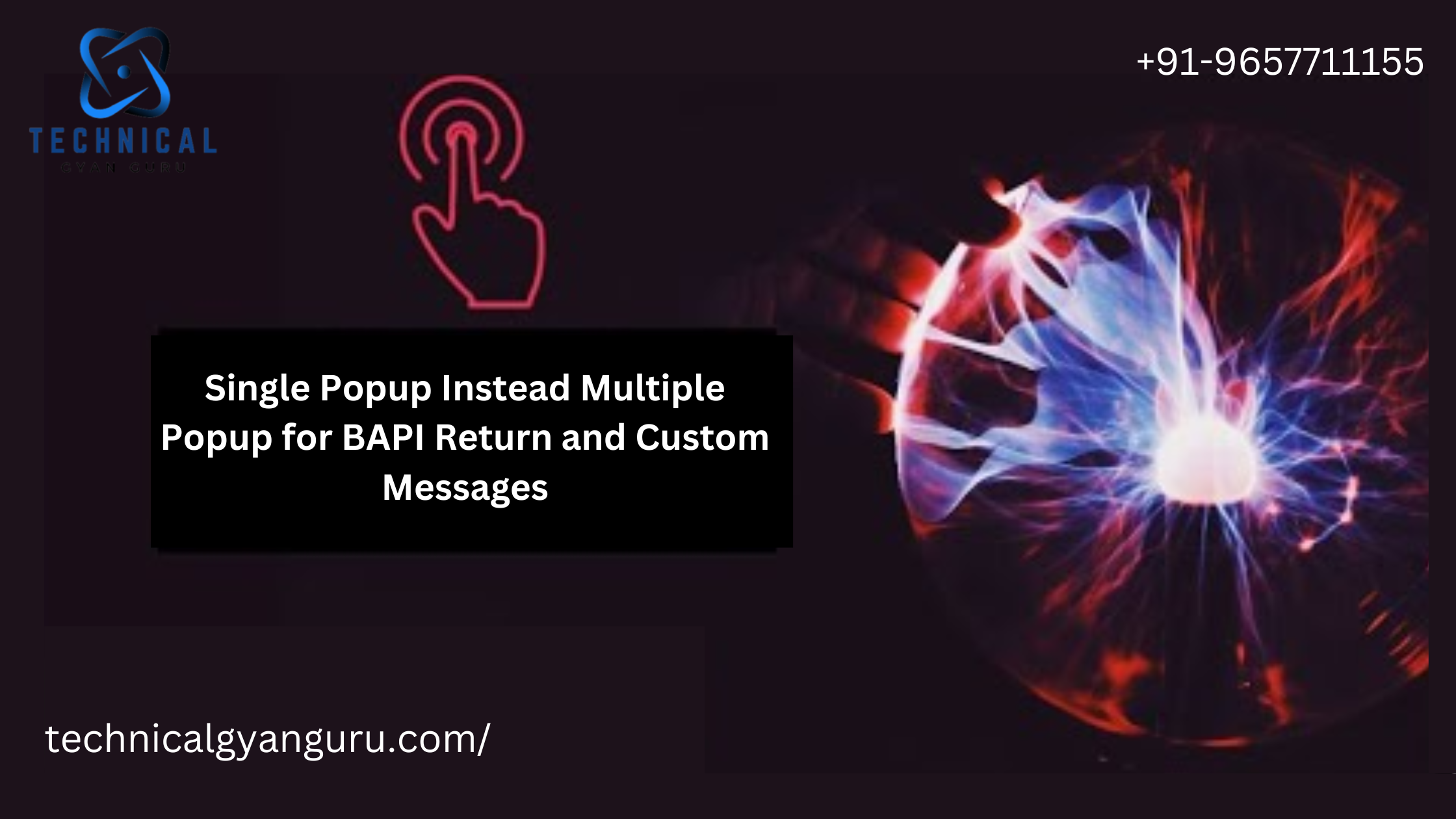SAP Leonardo is a new digital innovation system from SAP. It delivers software and microservices that enable customers to leverage future-facing technologies like the Internet of Things, machine learning, blockchain, analytics, and Big Data.
1. Where does SAP Leonardo get its name?
The name SAP Leonardo was inspired by Renaissance painter, sculptor, architect, engineer, and philosopher Leonardo da Vinci. With an estimated IQ of over 220, this universal and prolific genius possessed the imaginative power to create pioneering inventions in a wide range of disciplines. The aim of SAP Leonardo’s holistic approach is to support businesses and public sector organizations in every aspect of their digital innovation strategies.
2. Which solutions does SAP Leonardo include?
In the broader context of digital innovation, it quickly becomes clear that topics like the Internet of Things, machine learning, blockchain, analytics, artificial intelligence, and Big Data often need to be viewed in combination: This is the key to creating a framework for harnessing the latest digital breakthroughs. As well as technologies, services, and applications, the SAP Leonardo portfolio includes design thinking methodologies, data intelligence tools, benchmarking, and more. And to speed up time to value for customers, SAP offers “SAP Leonardo accelerator packages” that are tailored to specific industries and core functions, such as IoT.
3. How does the customer create its first prototype? What’s the time scale?
With regards to computerized advancement, organizations realize that they need to make new information driven administrations and plans of action quick, further develop their client experience, and make their business processes more effective. However they are much of the time uncertain about where to begin their computerized excursion and which SAP apparatuses and arrangements can help them on their way. That is where the SAP Leonardo gas pedal bundles (“gas pedals”) come in. In a plan thinking process, experts from SAP Computerized Business Administrations collaborate with clients to foster a dream of how SAP Leonardo can uphold their business targets. Contingent upon how broad the client’s imagined development technique is, starting models can be accessible in just two months.
4. Who are the SAP Leonardo accelerators designed for?
As of now, gas pedals are accessible for retail, purchaser items, discrete assembling, and sports and amusement ‒ with bundles for utilities and travel and transportation on the way. SAP likewise offers gas pedals for IoT center capabilities, like SAP Leonardo IoT for SAP Associated Products and SAP Leonardo IoT for SAP Worldwide Track and Follow. Contingent upon their industry, required works, and use case, clients purchase a fixed-cost, customized gas pedal bundle that involves configuration thinking techniques, the essential cloud licenses, and improvement and configuration benefits right the way through from the underlying model to the last arrangement. In that capacity, the SAP Leonardo advanced development framework addresses the doorway to computerized change in the venture.
SAP Leonardo Technologies
SAP Leonardo has four main pillars:
- SAP L4 to AI: The first pillar focuses on human-centered machine learning (AI) for business processes in areas like customer service and sales. It also includes predictive maintenance and predictive governance.
- SAP L5 to Blockchain: This pillar uses blockchain to help companies automate contracts between multiple parties while maintaining trust in their data.
- SAP L6 to IoT: This pillar uses Internet of Things (IoT) capabilities like sensors and devices to collect data from machines or people who are wearing devices. This data can then be analyzed by AI systems so companies can make better decisions about things such as supply chain management or employee performance management programs.
- SAP L7 to Digital Supply Chain Management: This pillar uses blockchain technology and digital twins (digital representations of real-world objects) to track products through a supply.

Conclusion
In conclusion, SAP Leonardo isn’t just a digital tool; it’s a paradigm shift. Its integration marks a turning point in how businesses operate, innovate, and thrive in the digital age.
Frequently Asked Questions
- Is SAP Leonardo suitable for small businesses?
- SAP Leonardo is scalable, making it adaptable for businesses of all sizes. Small businesses can benefit from its features based on their specific needs and growth plans.
- How does SAP Leonardo address data privacy concerns?
- Data security is a top priority for SAP Leonardo. Robust encryption and access controls ensure that sensitive information remains confidential.
- Can SAP Leonardo be customized for unique business processes?
- Yes, SAP Leonardo offers customization options to align with the unique processes and requirements of different businesses.
- What sets SAP Leonardo apart from other digital innovation platforms?
- SAP Leonardo distinguishes itself through its seamless integration of IoT, machine learning, and big data analytics, providing a comprehensive solution unmatched by competitors.
- How quickly can a business see tangible results after implementing SAP Leonardo?
- The timeline for tangible results varies based on the complexity of implementation and business goals. However, many businesses report seeing positive impacts within a few months of integration.







